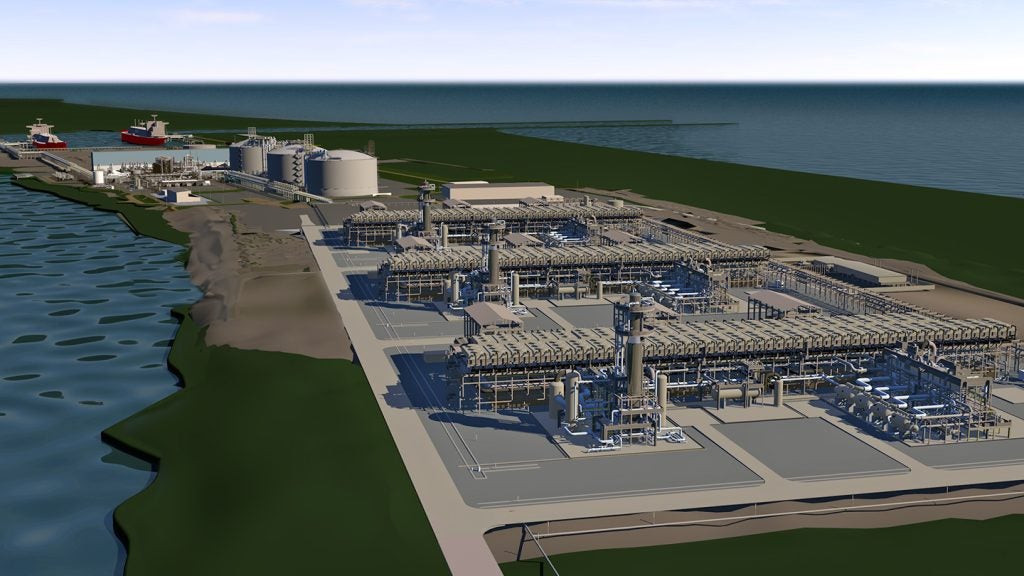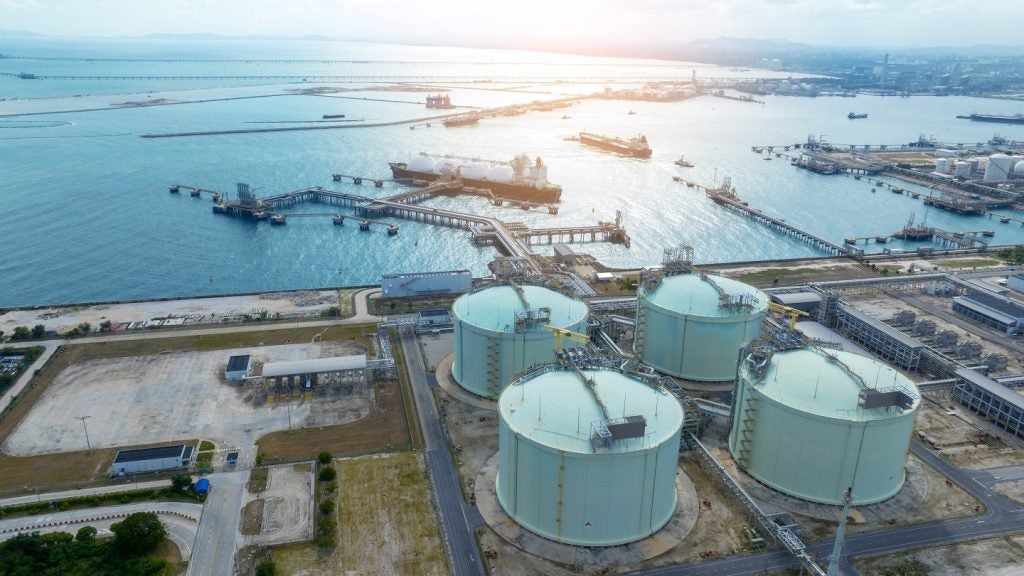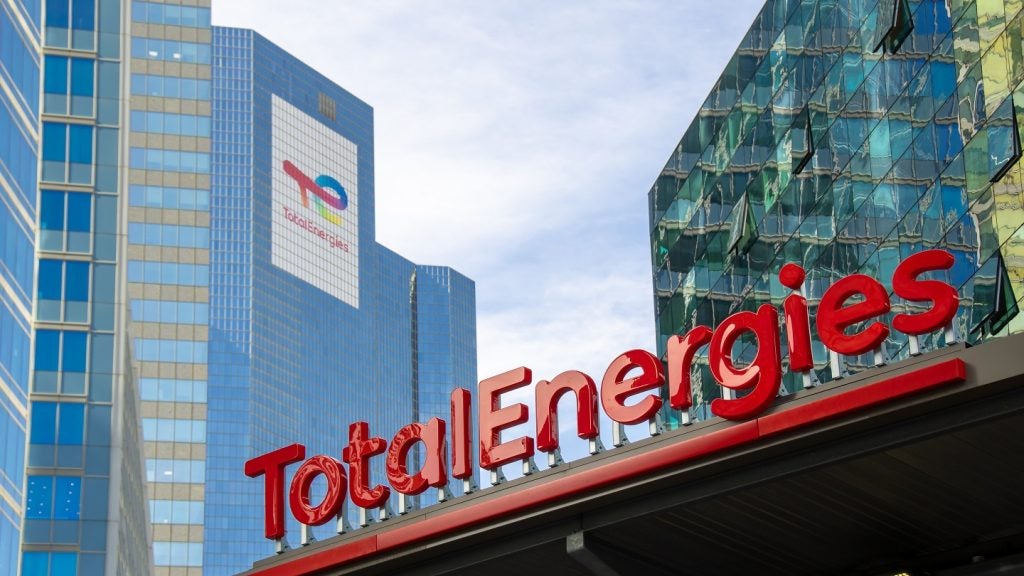Located in Sakhalin Oblast, Russia, the Sakhalin-2 LNG liquefaction terminal is operated by Sakhalin Energy. According to GlobalData, who tracks more than 1,100 active and developing LNG terminals worldwide, the terminal started operations in 2009 and is owned by Gazprom, Shell, Mitsui, and Mitsubishi. Buy the profile here.
The Sakhalin-2 LNG liquefaction terminal sources gas from the following fields - Lunskoye South (Yuzhno-Lunskoye), Sakhalin 2 (Piltun-Astokhskoye &, Lunskoye), Sakhalin 3 (Kirinskoye South (Yuzhno-Kirinskoye)), and Sakhalin 3 (Kirinskoye)
With two trains, the Sakhalin-2 terminal has an LNG production capacity of 9.6Mtpa (million tons per annum), which is expected to increase to 15Mtpa by 2030.
Approximately 114.58% of the installed capacity is committed through long-term contracts, which amounts equates to 11Mtpa.
See Also:
Sakhalin-2 liquefaction plant is undergoing expansion, which will increase the capacity of the facility by 5.4Mtpa.
Contractors involved in the liquefaction plant
Some of the key contractors for the upcoming expansion at the Sakhalin-2 LNG liquefaction plant include the following.
Design/FEED: Chiyoda.
About Sakhalin Energy
Sakhalin Energy LLC (Sakhalin Energy) specializes in production, transportation, processing, and marketing of oil and natural gas. Sakhalin Energy is headquartered in Moscow,Russia.
For more details on the Sakhalin-2 LNG liquefaction terminal, buy the profile here.
Premium Insights
From

The gold standard of business intelligence.
Blending expert knowledge with cutting-edge technology, GlobalData’s unrivalled proprietary data will enable you to decode what’s happening in your market. You can make better informed decisions and gain a future-proof advantage over your competitors.







